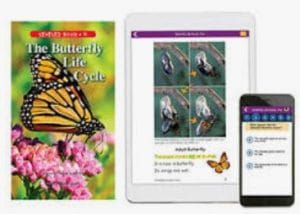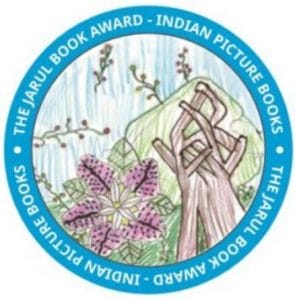Book Reports -Source: Pixabay CC0 License
Meaningful book reports to help students think deeply:
How do we challenge our students to use higher order thinking skills to help students think deeply about what they read? Book reports have always been a vital part of a librarians role. And, somehow we end up with students writing a summary or a description of the book.
How do we change the book report style?
To help students interpret the book or analyse the story deeply, we will need to encourage them to select a book of their choice and have them use different strategies and not summarization. Here are some thoughts:
1. Settings of the novel: Why has the author chosen the context to explain? Describe with evidence that demonstrates the difference between the settings in the story with your background. For example: Why was the story in the mountains,? How is it different from the city? Whey did the author choose the hills instead of the town? What are the implications of the settings on the goal/meaning/intent of the story?
2. Characterisation: Explain the protagonist, how is he/she is different from the other characters in the story? What part of the books describes the person as a stereotype or someone different. Explain the personality traits with examples. Explain the moods of the major and minor characters, their feelings, actions and thoughts.
3. Point of view? What point of view is the story written in? First person, second or third person? Why do you think he chose to write it in this format? How would the author have written the same story from another point of view? Give examples from the story.
4. Conflict: Students can identify the problem or the conflict in the story. Is it between people, nature versus human, self-conflict, society norms versus one development? Explain the conflict and how does the main character/protagonist grow or learn from the battle?
5. Theme and Symbols: Think and explain what the author’s purpose was to write this book? The subject of the novel is the big idea which is often universal, for example, it could be friendship, saving the environment. The symbols in the story are metaphors or symbols used to add depth and meaning to the story. They can be identified and explained with examples.

